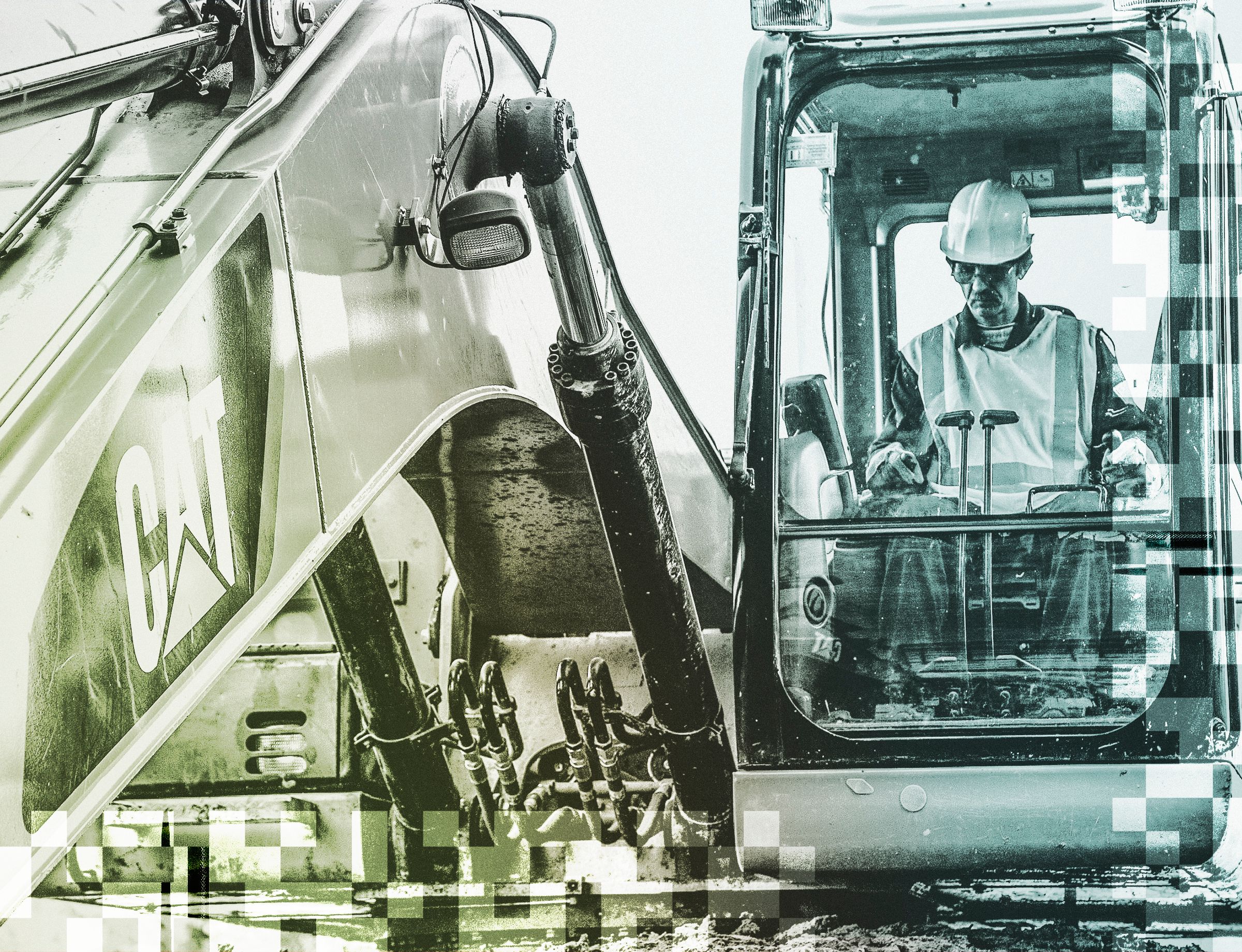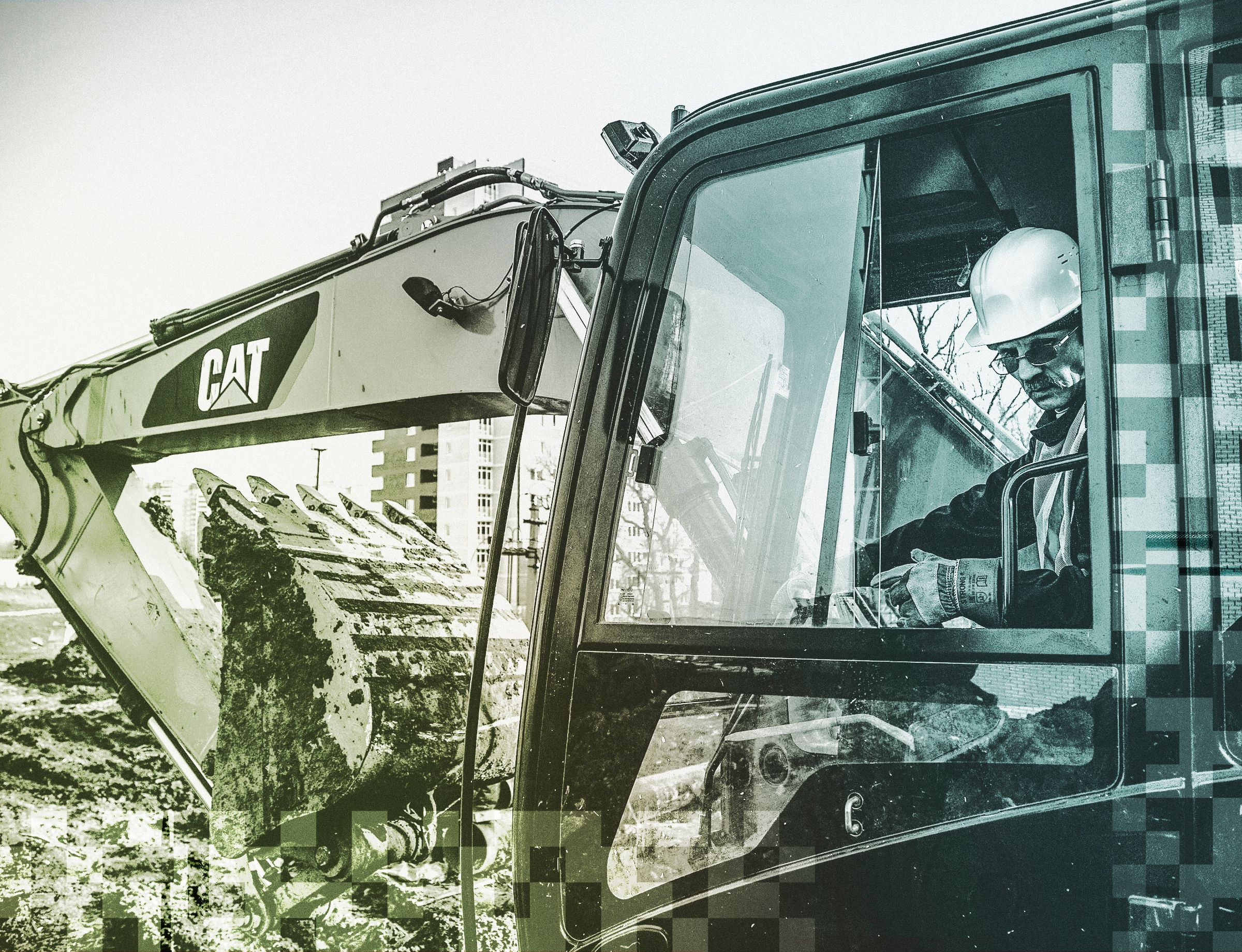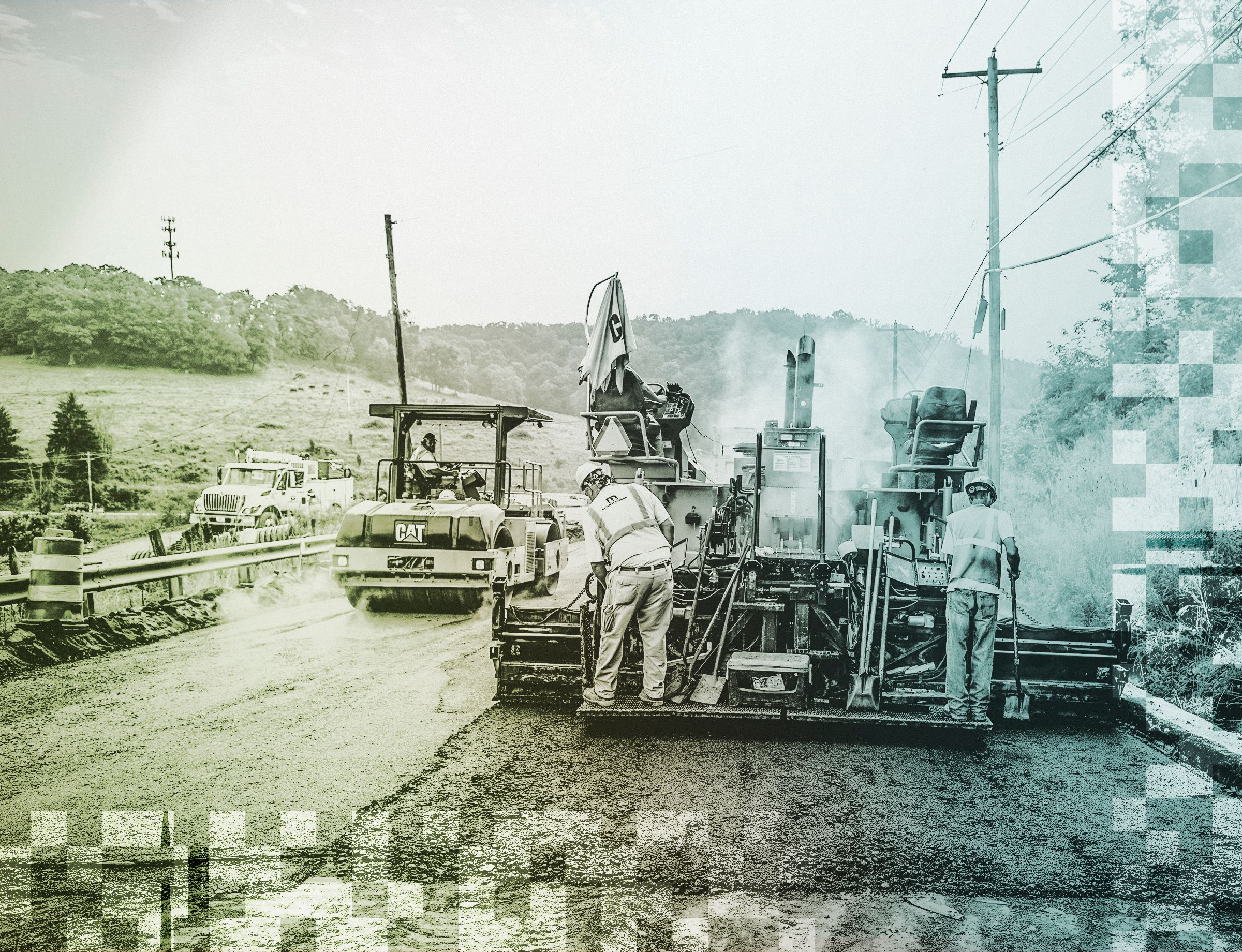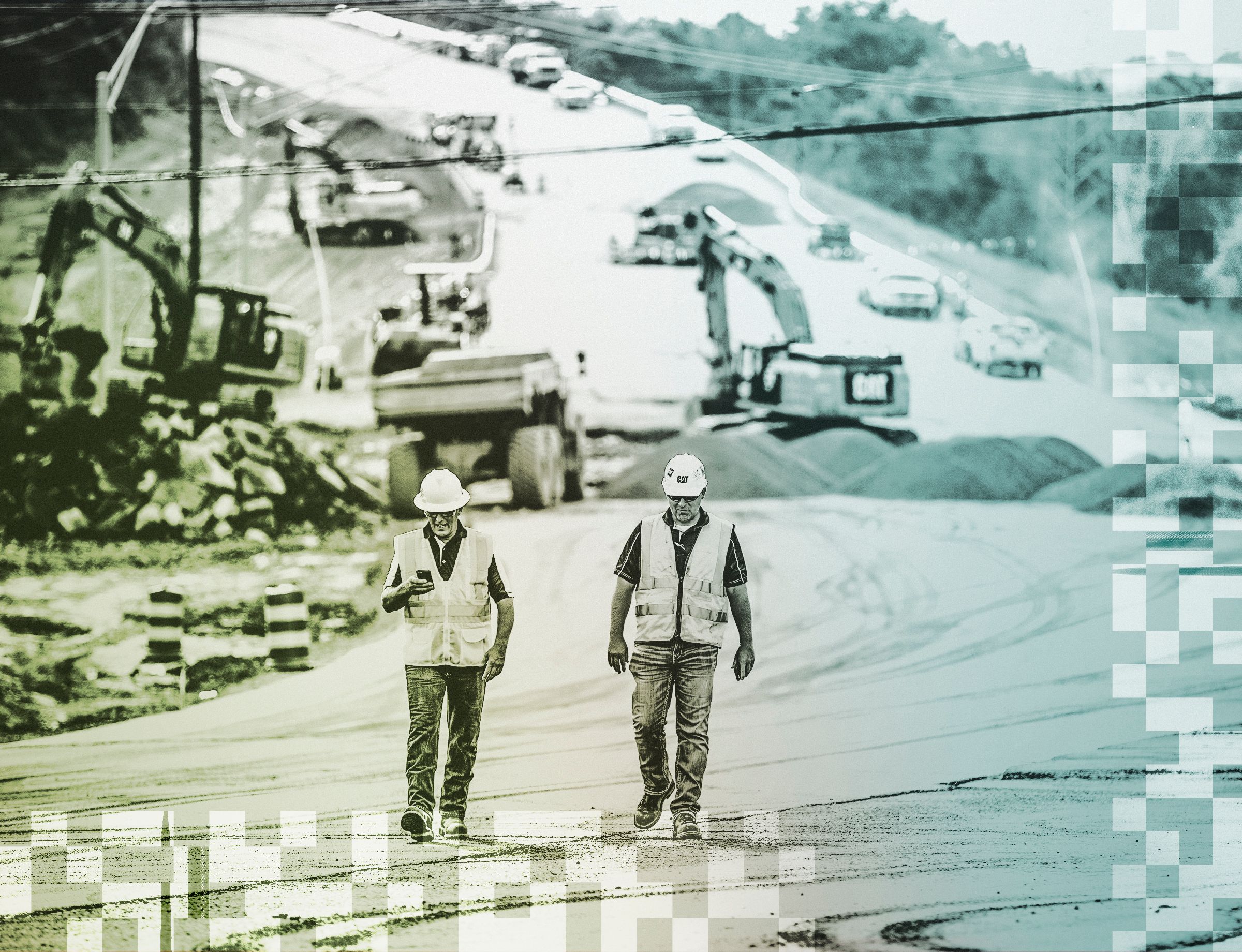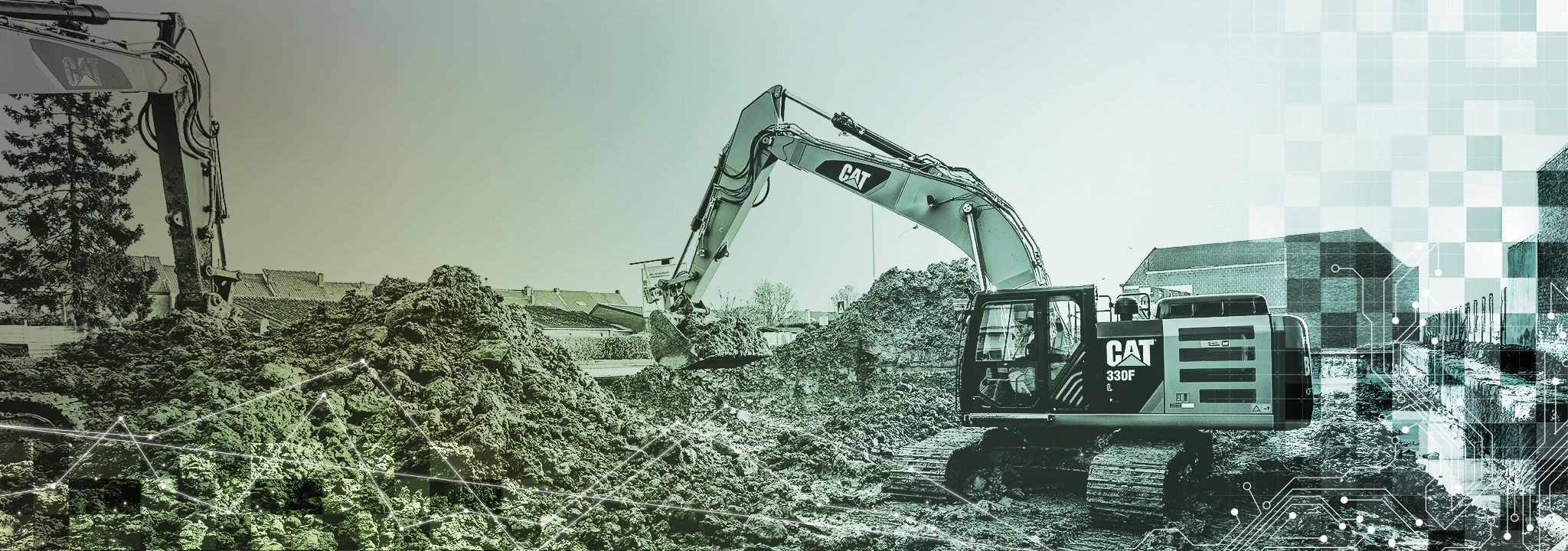
4 WAYS TO CLOSE THE PRODUCTIVITY GAP
Using digital technologies to do more work in less time
Productivity in the global construction industry has been growing at a rate of about one percent per year for the past 20 years, according to a 2017 report from McKinsey Global Institute (MGI) one of the world’s leading business and economic research organizations. That’s very slow growth relative to other sectors of the global economy. In the United States. the situation is even worse. Productivity in the U.S. construction industry has actually declined since 1968. U.S. construction experienced five decades of erosion, as other U.S. sectors raised productivity by 10 to 15 times.
So what’s causing the productivity gap in construction?
It’s complicated, say the experts from MGI, but some of the key factors include:
- Project complexity
- Regulatory pressures
- Geographically dispersed sites
- Cyclical nature of public investment
- Inefficient design and engineering processes
- Inadequate project management and execution processes
- Skilled labor shortage
- Underinvestment in technology and digitization
Closing the construction industry productivity gap will require a broad-based commitment, yet there are actions individual businesses can take to drive the whole sector forward. The most important action, according to the MGI analysis, is investing in digital technology. Consider some of the ways a technology investment could make your operation more productive.
Build a team of high-performance operators
Do your operators have productivity-enhancing technology at their fingertips? Automatic grade control systems are available for many dozers, excavators, motor graders, scrapers and other products. Some guide blade or bucket movement, others control it. Some use 2D imaging, others 3D. All are designed to help any operator, regardless of skill level, work faster and more accurately while using less fuel and materials. Contractors who use these systems report efficiency gains of up to 50 percent. How might your business benefit from a boost like that?
Use data to maximize utilization and uptime
Many construction machines are already equipped with telematics systems that capture data and make it available for decision-making. The problem is, owners don’t always enable these systems or know how to use the data effectively. Those who take advantage of this technology say it allows them to identify underperforming or overburdened assets, then make adjustments to optimize capacity. They also use the information to manage maintenance and repairs in a way that maximizes uptime, reduces costs and extends component life. Critical data, used effectively, can go a long way toward closing the productivity gap.
Get the facts to improve training efficiency
Finding skilled operators is a never-ending challenge, and once they’re on board, training is essential to ensure they work safely and efficiently. Although general training is always important, targeted initiatives—based on facts about operator performance—can produce even better results. The facts are readily available in your telematics data. For example, fault code information may show that certain operators are coasting in neutral, over-speeding the engine or idling excessively. When this kind of data is viewed in context with other factors that affect operator performance—things like steep haul roads or aggressive production schedules—it’s possible to identify specific problems, address them through targeted training and drive productivity higher.
Avoid safety-related slowdowns
Safety and productivity go hand in hand. Accidents not only hurt employees and their families; they also cause project delays and cost overruns. So an investment in safety technology—such as RFID-equipped vests and helmets, Virtual or Augmented Reality training tools, or in-cab fatigue detection systems—can boost productivity while fostering a safer work environment. Likewise, the purchase of productivity technology can translate into safety gains. For example, a new grade control system saves time and lowers costs, but also eliminates the need for human grade checkers on the ground. Or telematics data, so vital for optimizing performance, can also be used to identify unsafe operating practices. Safety, efficiency and profitability—they’re all connected.
Closing the gap
The MGI report calls on the construction sector to attack the root causes of poor productivity on many fronts, but notes that the biggest gains can be made by investing in digital technologies and advanced automation. These types of solutions are available on new equipment and can often be retrofitted to older models. Yet technology is only part of the story. You may need assistance interpreting the data and using it for decision-making. Your Cat® dealer can provide that expertise. They offer a large selection of Cat Connect Services designed to match your requirements for advice and support. Learn how Cat Connect Technology and Services can help you increase productivity, control costs and build the bottom line.

